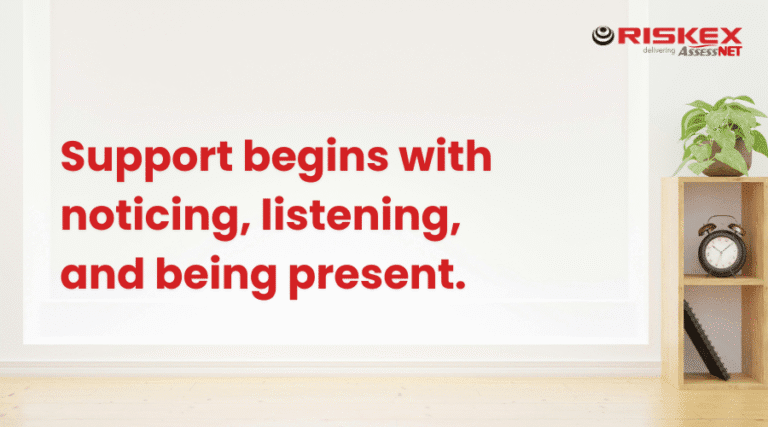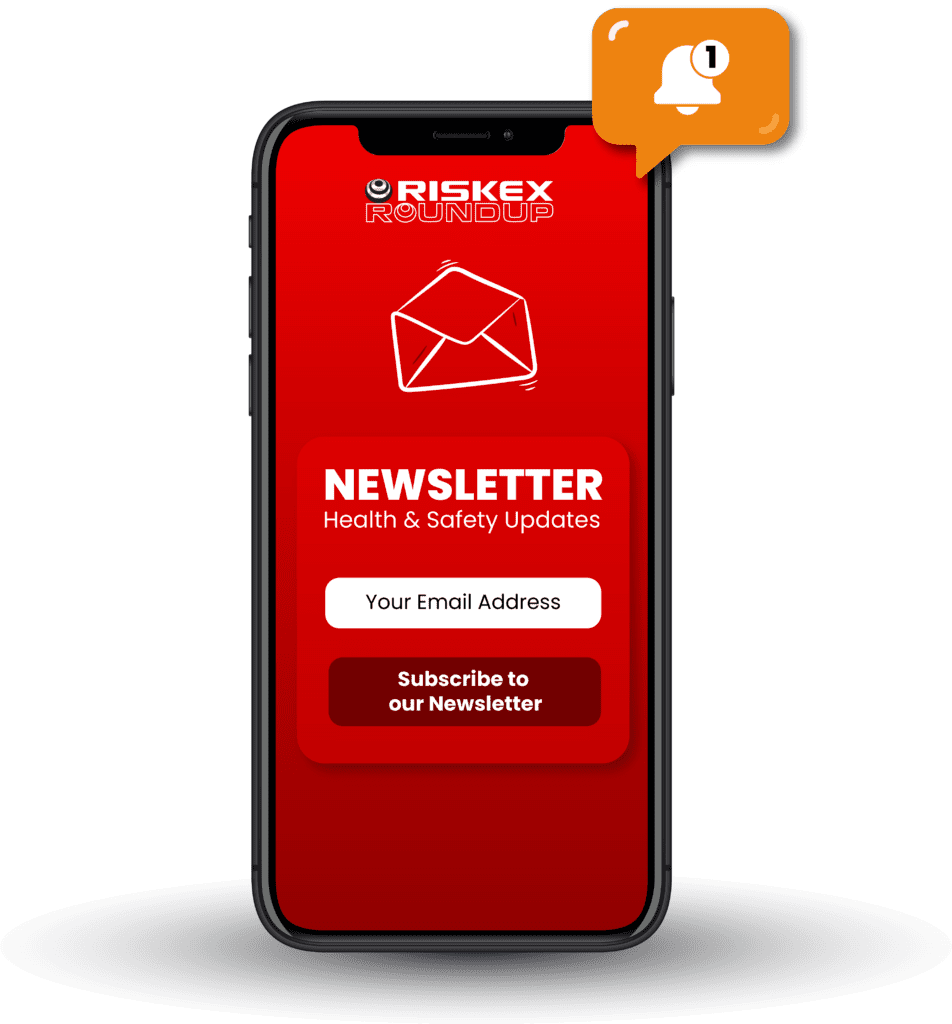Excessive noise in the workplace can cause inconveniences, but more importantly it can be a serious health and safety risk. Prolonged exposure to high noise levels can lead to noise-induced hearing loss (NIHL), tinnitus, reduced situational awareness, and a higher chance of accidents due to missed alarms or miscommunication.
While this issue is particularly visible in construction, it is by no means limited to it. The same risks exist across manufacturing, agriculture, engineering, logistics, and warehousing.
Findings from HSE inspections
The Health and Safety Executive (HSE) recently carried out targeted inspections in the construction sector, uncovering widespread failures in hearing protection management. Although these statistics come from construction specifically, the underlying issues are prevalent across many high-noise industries.
Key findings include:
- 95% of employers failed to verify that workers wearing hearing protection could still hear critical warning signals, such as fire alarms or reversing vehicles.
- 80% of workers were not properly instructed on how to wear hearing protection correctly, especially when used alongside other PPE like helmets or eye protection.
- Over 75% lacked basic knowledge about storing ear defenders, checking for damage, or reporting faults.
- 63% had not been informed that hearing protection must be worn continuously throughout exposure, not just intermittently in order to be effective.
- 1 in 4 workplaces had noise levels above legal thresholds, requiring mandatory controls under UK law.
These figures reflect broader failings in noise risk management across UK industry.
Legal duties for employers
Under the Control of Noise at Work Regulations 2005, all employers, regardless of industry are required to:
- Assess noise levels in the workplace.
- Eliminate or reduce exposure where reasonably practicable.
- Provide suitable hearing protection where exposure exceeds the legal thresholds.
- Train employees on the correct use, maintenance, and limitations of hearing protection.
- Ensure that all measures are monitored and maintained for ongoing effectiveness.
CUFF – A simple framework to check hearing protection
To support employers, the HSE promotes the CUFF framework — a quick and effective tool for checking whether hearing protection is fit for purpose:
- Condition – Is the equipment clean, intact, and working?
- Use – Is it being worn at all required times?
- Fit the ear – Is it fitted properly, without interference?
- Fit for purpose – Is it the right type for the level and type of noise?
Employers should regularly apply this framework to ensure their PPE is still effective in protecting against exposure.
The role of technology in safer, smarter noise control
Modern digital tools are helping employers improve how they manage noise:
- Smart hearing protection devices monitor exposure in real-time and can alert users to unsafe levels or allow filtered communication.
- Wearable noise dosimeters give objective data about individual or task-specific exposure, helping identify and mitigate risks early.
- Digital training platforms ensure consistent onboarding, refresher training, and record-keeping across large or dispersed teams.
These tools are particularly helpful in industries where noise exposure is variable, or where workers move between high- and low-risk areas.
How AssessNET helps with hearing protection
Managing noise risks effectively in the modern workplace requires a joined-up approach that combines data, training, and oversight. This is where AssessNET provides real value for health and safety professionals.
Data-driven decision making
By using smart hearing protection devices and wearable noise dosimeters, employers can gather real-time data on noise exposure levels at both individual and task-specific levels. With AssessNET, this exposure data can be linked with other key insights — such as incident records, task risk assessments, location-specific hazards, and worker roles to give health and safety managers a holistic view of noise risk across their organisation.
Training Management and compliance
When it comes to training, AssessNET goes beyond documentation. Our Training Management Module allows employers to:
- Schedule and record physical or online training
- Set automated reminders for renewals or refreshers
- Track completion for both individuals and teams
For even greater impact, AssessNET can integrate with iHASCO, a trusted provider of eLearning courses on health, safety, and compliance including hearing protection and noise awareness. This combination ensures all employees receive consistent, high-quality instruction, wherever they’re based.
Together, this creates a closed-loop system from risk identification and control, through to monitoring and training, helping organisations move from reactive safety to proactive prevention.
Conclusion
Although the most recent HSE data focuses on construction, the issues it highlights — inadequate training, poor oversight, and false confidence in PPE — are common across many industries.
Wherever noise is present, employers must go beyond simply issuing ear defenders and ensure that protective measures are understood, used properly, and fit for the environment, because without this, workers may believe they are protected while still suffering long-term damage.






